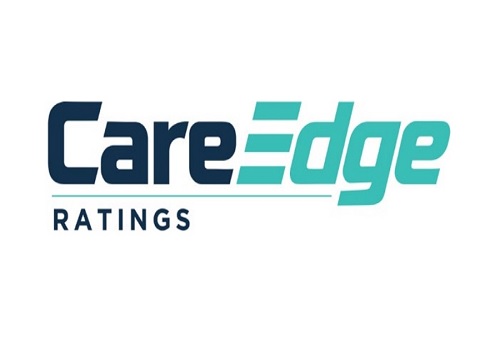SEBI`s regulations for SM REITs likely to drive investor interest towards fractional ownership of real estate assets: Crisil

Crisil Ratings in its latest report has said that the Securities and Exchange Board of India’s (SEBI) recent regulations for small and medium real estate investment trusts (SM REITs) are likely to drive investor interest towards fractional ownership of real estate assets. It said by enabling strong investor protection, these regulations are expected to broaden investor base. Prudent management of operational risks remains key to popularising the vehicle, though.
The report said so far, fractional ownership platforms (FOPs) did not follow uniform guidelines. The SEBI move is intended to address this by bringing existing FOPs under the regulatory ambit. Some of the key regulatory guardrails are mandatory investments in operational assets, restrictions on related party transactions, compulsory listing on the stock exchange and distribution of minimum 95% surplus from special purpose vehicles. Other regulations include the need for at least 200 retail investors which will provide liquidity. Minimum liquidity requirement at the investment manager (IM) level to provide a buffer against temporary mismatches. Further, experience-linked eligibility criteria for the IM will foster strong governance.
As per CRISIL Ratings' assessment, SM REITs target a distinct and differentiated market as compared to conventional REITs. Schemes under SM REITs can target niche assets ranging from Rs 50 crore to Rs 500 crore which is an untapped opportunity as conventional REITs focus on large scale assets with consolidated asset value over Rs 500 crore. Investment in SM REITs is similar to the traditional form of ownership of real estate assets, with the difference being pooling investor money for fractional ownership under a trust structure. SM REITs will float different schemes under a trust, each of which will specify assets to be invested in. Investors can pick schemes that are better aligned with their philosophy of investing in a certain micro-market or asset type. Each scheme will be ring-fenced from other schemes under the SM REIT. Contrary to this, the conventional REIT structure enables investors to invest in an identified pool of assets, which may be dynamic, depending on the REIT strategy.























